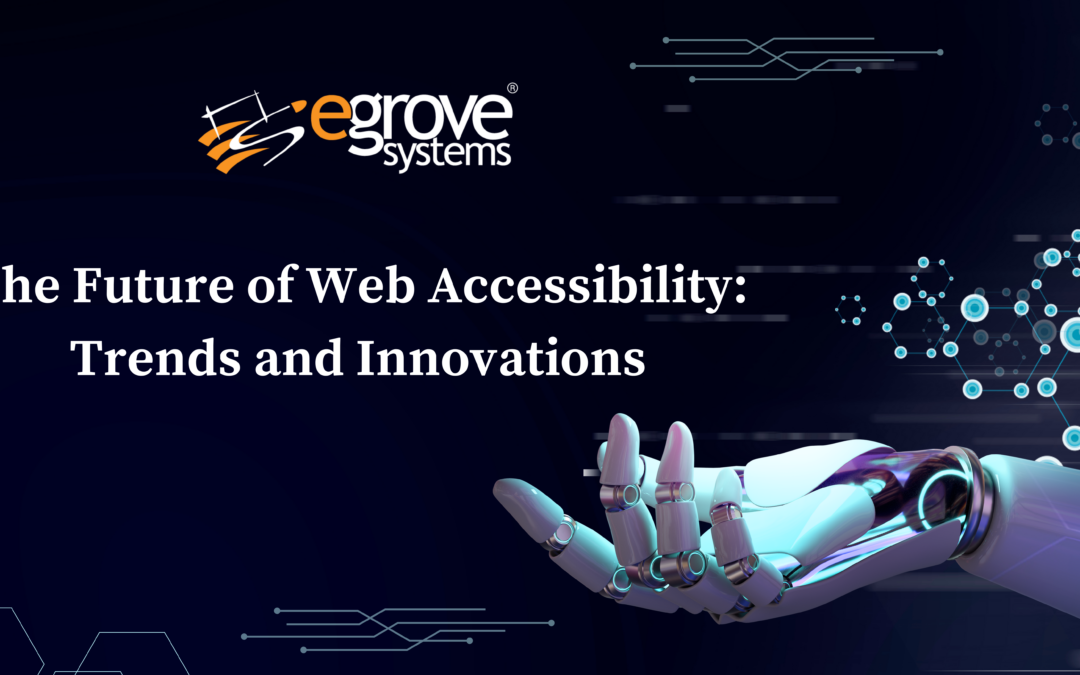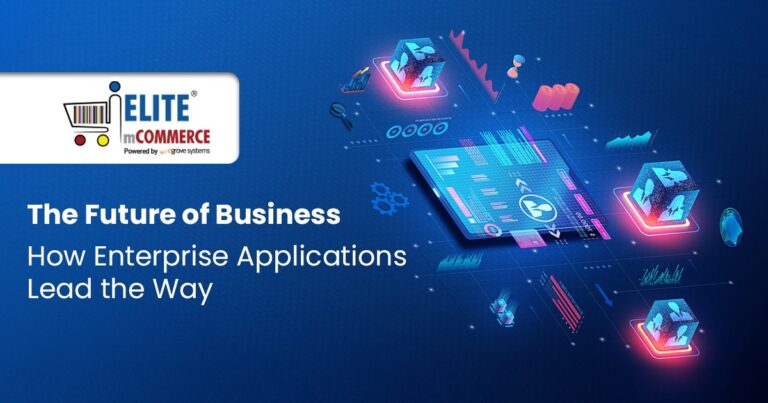The Future of Web Accessibility: Trends and Innovations
The digital era started in the 20s. With internet usage growing daily, it has become a vital aspect that app and web designers have to consider. If we look at it simply, accessibility means making websites and other digital tools and technologies available for all groups, especially those who have restrictions from impairments or disabilities.
Fortunately, advances in accessible policies have been achieved over the past few years as a result of technological discoveries and an increasing awareness of the importance of inclusiveness within the World Wide Web.
The challenge that persists, nonetheless, is what future accessibility will look like. This blog will uncover the latest WCAG 3.0 directives and delve into emerging trends and innovations that are radically transforming accessibility over time nowadays.
A Brief Overview of the World Content Accessibility Guidelines (WCAG) 3.0
Before discussing future trends and developments in web accessibility, it is crucial to understand our position relative to those online access principles.
First of all, the current version of the Web Content Accessibility Guidelines (WCAG), which is WCAG 3.0, was released as a working draft in January and launched officially in December last year. The interesting thing about WCAG 3.0 is that it does not maintain backward compatibility, so fulfilling version two point zero of the same as well would still not address compliance with three-zero (WCAG).
The WCAG 3.0 intends to make digital products such as web, PDF, ePub, and applications accessible for people with disabilities by making them more user-friendly using developing technology. Despite the fact that WCAG 3.0 is dramatically different from its predecessors, it has more inclusiveness and agility than all of them.
Key highlights of WCAG 3.0 are:
- Rise in the focus on particular disabilities, which will ensure that more attention can be placed on people with different levels of vision impairment and cognitive disorders.
- Enhancement of new technologies and making sure phenomena such as the metaverse are sustainable for accessibility requirements.
- Strong support for accessible web technologies to ensure that guidelines.
As we know that the latest version of a web accessibility guideline is currently an undertaking, let us have a look at some new trends and technologies in this regard.
Top 7 Future Trends and Innovations in Web Accessibility
- Artificial Intelligence and Machine Learning
AI as well as ML are transforming web readability in several areas. They allow computers to interpret human languages and respond accordingly, making it much simpler for disabled individuals with disabilities to interact with digital devices. Similarly, AI-generated captioning and even sign language translation are also becoming more precise and would be expected to improve further.
- A Shift in Business Perspectives with Respect to Accessibility
Recent times have witnessed massive digital transformation while changing the way we deal with the digital world. Earlier, we were only accessing desktops along with a keyboard and mouse to ensure interface interaction. Nowadays, everything remains at our fingertips with the help of smart devices.
With the fast-paced digital transformation, the overall need and reach of digitization continue expanding, and so does its user base. The web-based platforms and products, earlier utilized by particular segments, have now become accessible to everyone.
- Haptic Feedback and Tactile Interfaces
Tactile interfaces and haptic feedback in virtual reality, education mechanisms, and gaming are rapidly becoming one of the ways to increase accessibility. These devices make it tactile for the blind or hard of hearing so as to refine their sensory perception. In a similar way, tactile interfaces in education might help students with disabilities through the conversion of digital material into more tangible ones.
- Voice User Interfaces (VUIs): Beyond the Screen
Voice user interfaces, or VUIs, are radically revolutionizing the whole concept of accessibility as they rely on voice commands and natural language to allow users to interact with websites and apps. For instance, a visually impaired individual browsing the internet using their screen reader may decide to implement VUI so that they can interact with digital information in spoken language. Thus, users’ online interaction is more accessible and less complex.
5. Sign Language Recognition
Sign language recognition is the fifth aspect of online accessibility to be developed. Machine learning and computer vision have enabled sign language recognition systems to convert signs to text or voice. These advanced devices promote communication between sign language deficient people and hearing-impaired people.
6. Smart Glasses for the Blind
Smart glasses with AI technology are employed in cameras to deliver real-time audio descriptions of a person’s surroundings. Thus, visually impaired people may recognize items, read text, and gain navigation help, greatly improving their accessibility.
7. Neuro Diverse Design
We are also going toward settings that support our bodies and thoughts’ numerous interactions with the environment. Today, the focus is on creating customizable tools rather than universal ones. This improves web accessibility, as per WCAG 3.0.
Wrapping It Up
Organizations are becoming more sophisticated in their thinking over time, and they are starting to see the many advantages of digital accessibility and inclusion that go well beyond just adhering to the law.
So, there we have it, a crisp overview of the top seven future trends and innovations in web accessibility. With such unique and dynamic phenomena popping up, we can expect the online space to become more inclusive, diverse, and truly accessible in the near future.







